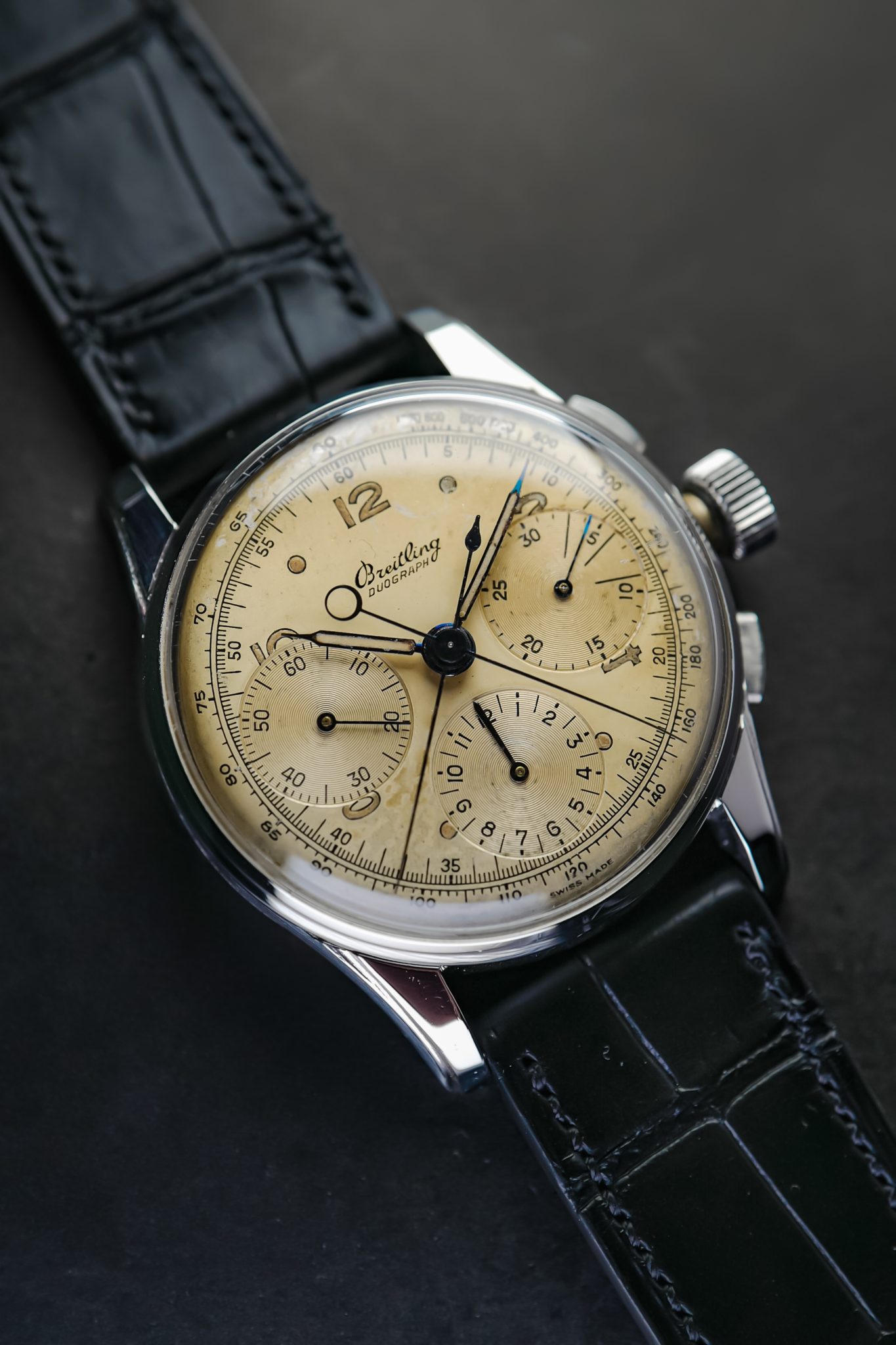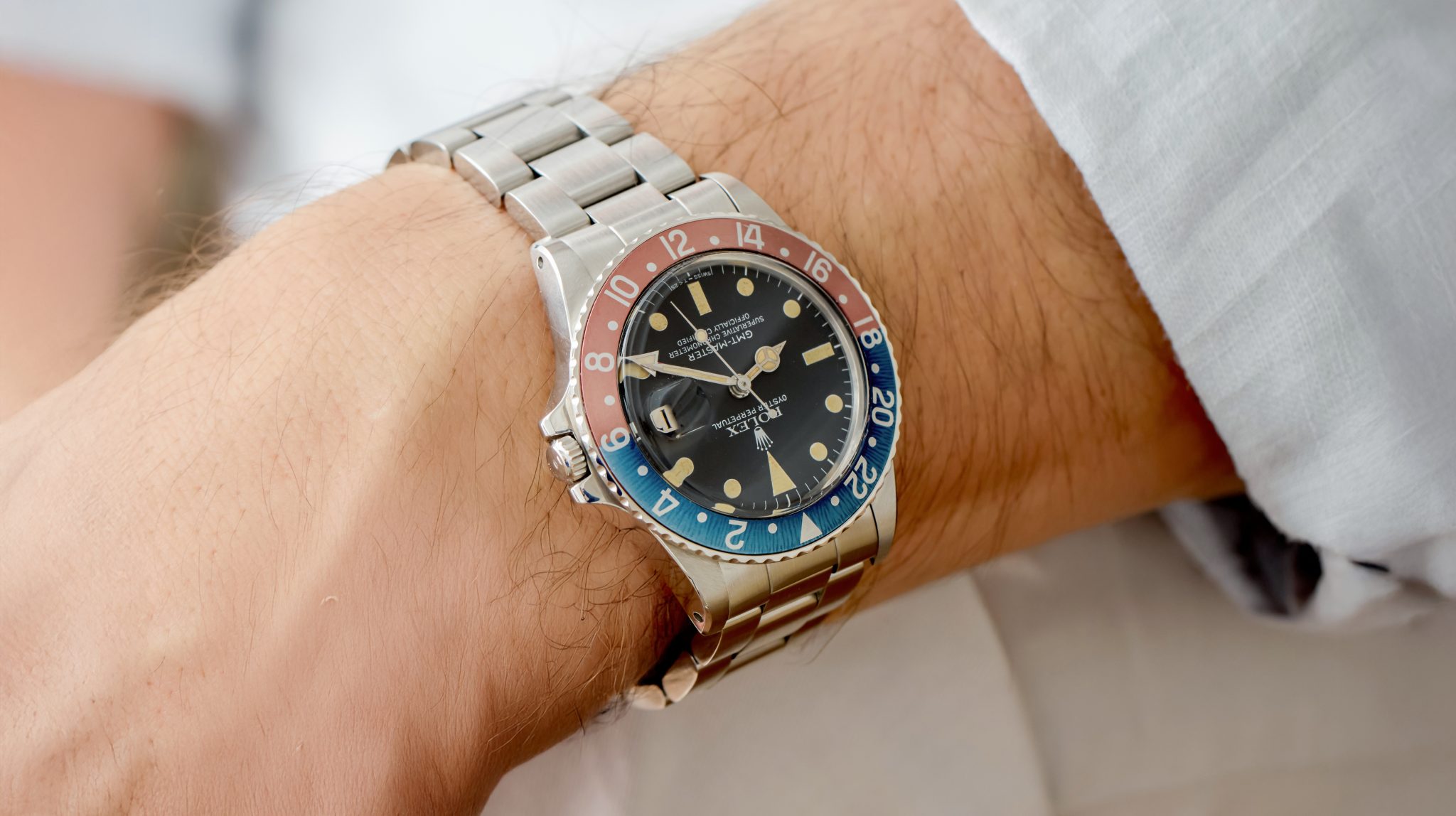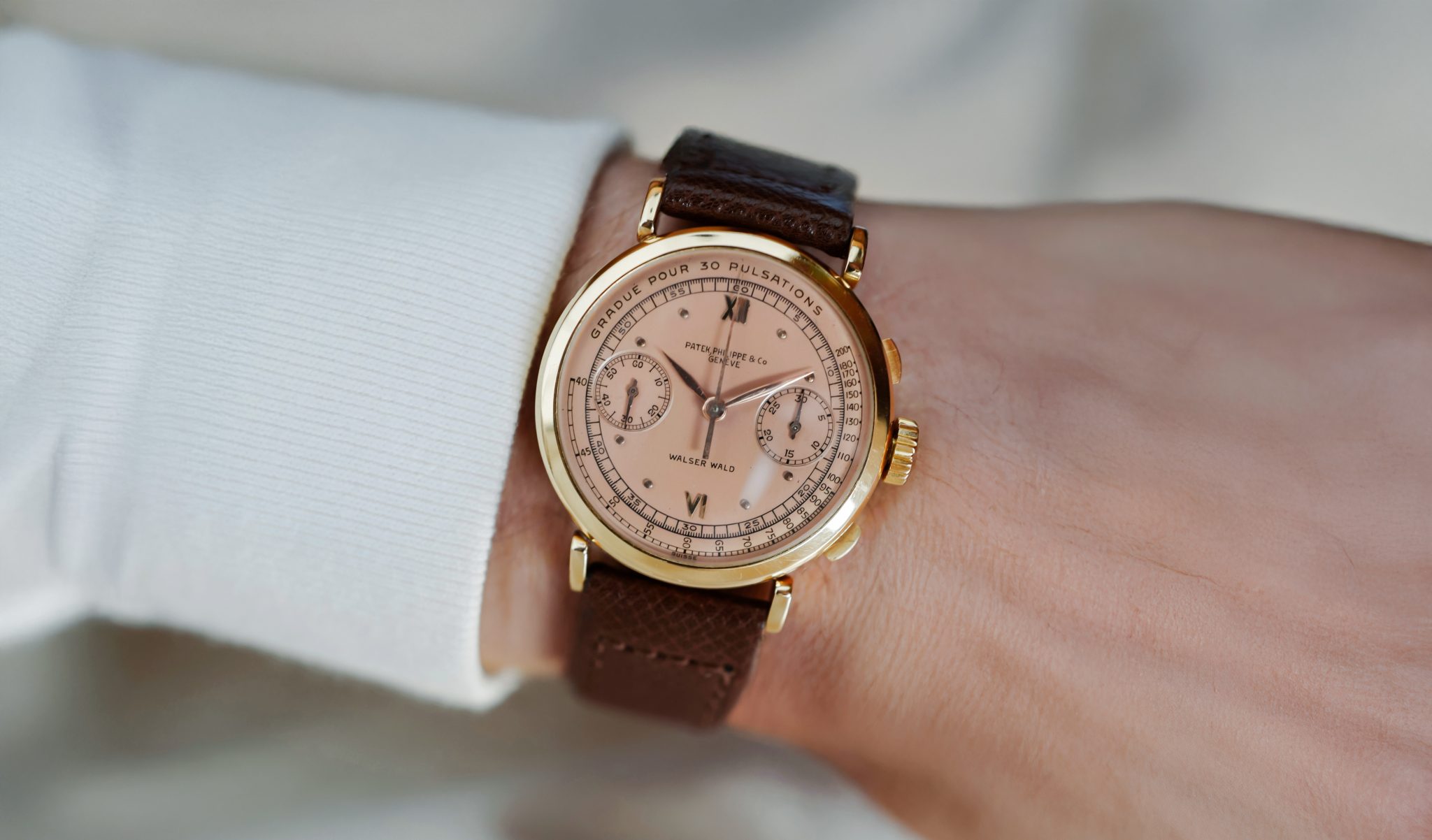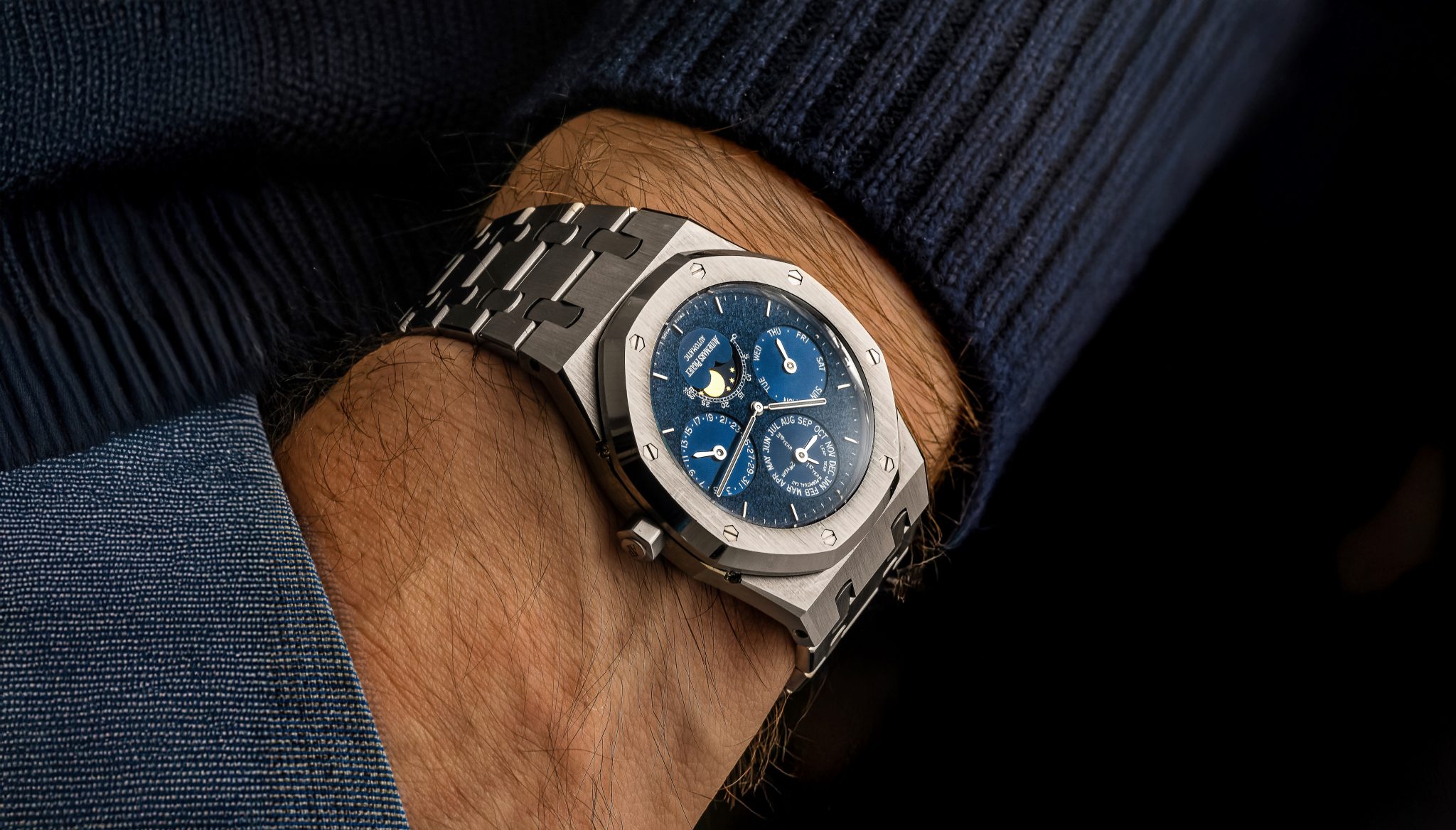
766 Breitling Duograph
The rattrapante is not just a classic high complication, it’s actual magic. I maintain that no one man really understands fully how they actually work, a bit like electricity. Even all the mental might of Jack Forster, who probably came closest to making the topic relatable in his Lange 1815 article, took four long paragraphs of words like pinion, heart-cam, and pincer. If you can’t explain it to your kid in a few sentences, you don’t understand it. Yet, magic as the split seconds is, it’s been around awhile. We tend to think of all vintage split seconds as the domain of sacred 1563 Patek Philippes or hideously expensive vintage Rolex 4113s, permanently unattainable grails. But when you study closely, you’ll find many very interesting split seconds lining the horological halls of history, from Universal to Eberhard or this humble Breitling.

The magic of the Duograph is that, until very recently with a modification of the B03, not a soul knew what one was. Like so many of the greats, it was made in tiny numbers, well ahead of watch collecting as an entity. In all Breitling history, the Duograph is one of those watches that will receive the holy ‘head-nod’ from the collectors who know what’s what. @Watchfred is a fan (and has the most beautiful 791 I’ve seen). Eric Wind too. You’ll find them with varied metals, cases, dials, pushers, and hands. This ref. 766 is from the earlier years, probably near 1944, in a then-oversized 36mm case. But you’ll also see more modern-looking 60s designs, such as the ref. 791 Phillips auctioned in 2016, previously owned by Jack Brabham. Despite the immense collectability, they remain a metric ton of watchmaking value relative to the above mentioned brands. Even in terms of outright rarity it measures up, as it is thought that only 40 examples of the 766 were ever made in steel.
I don’t think you can pretend the split seconds is a particularly useful complication. But even in 1944, it was a deeply impressive accomplishment from a watchmaking perspective. The Duograph was made in tiny runs through the 60s, where it then faded off the map entirely. As a part of the major brand turn around a few years ago, the Duograph was brought back from the dead. Lovely as it is, it doesn’t come close to the earlier watches with their patina, radium, blued steel hands (with distinct counterweight designs), and that italicized Duograph font. James Dean or Harry Styles? It isn’t even close.
This example sports a dial which is signed correctly, with a light lemon patina everywhere. Not too much radium burn, and all lume is still present in the hands. Its case is full, all running perfectly. It comes from a well-regarded Parisian retailer.








